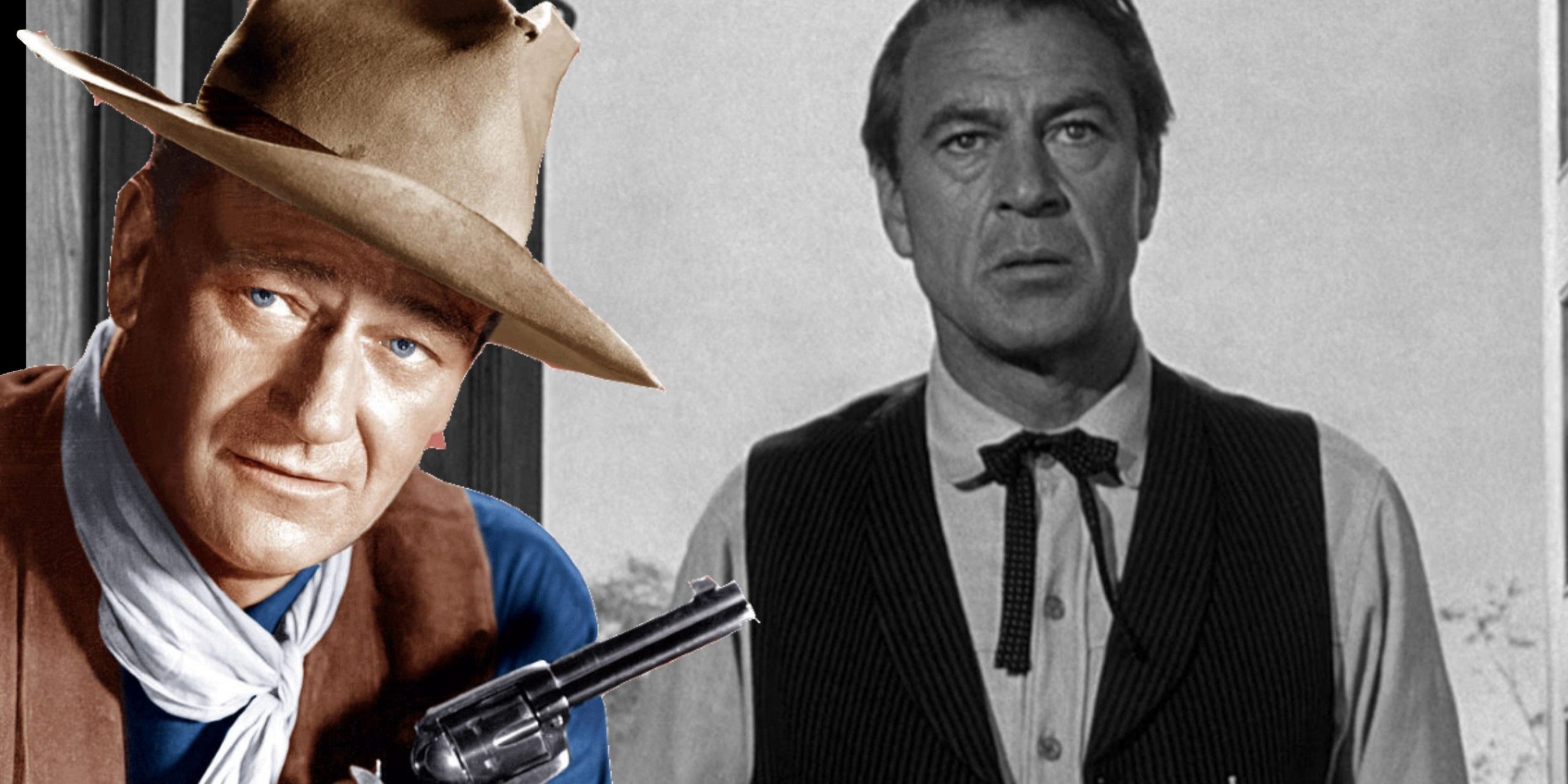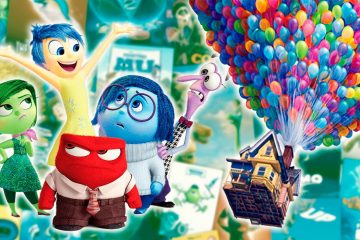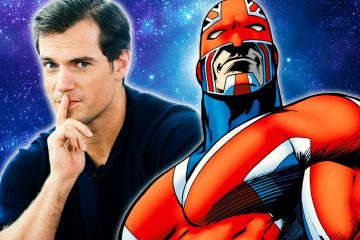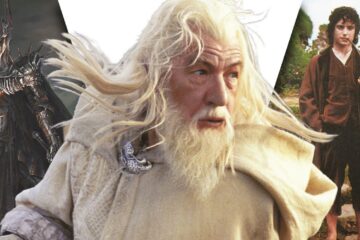The Western genre of cinema once dominated the film industry, as it allowed for cheap productions that captured the beauty of America’s landscape. Between the 1930s and 1960s, the genre helped build the careers of Hollywood giants like Clint Eastwood, John Ford, John Wayne, and even Ronald Reagan. Throughout its history, Hollywood created many powerful Westerns, but one of its most iconic bitterly divided audiences — and prompted John Wayne to make his version.To say that John Wayne was the de facto king of cinema during his heyday would be underselling just how safe and strong a box office draw the actor was. Known mostly for war movies and westerns, Wayne was also an outspoken individualist, American patriot, and conservative person, and that extended into his Hollywood activism. At the time the actor had peaked, Hollywood was thrown into the midst of McCarthyism and the Red Scare, as people were accused of having communist sympathies, often with little to no evidence. This political witch hunt wound up targeting one of the most significant Western movies in history: High Noon. Known for its political subtext and rallying cry against apathy, the film drew criticism upon release. In a bid to hit back against the film’s themes, Wayne would later make Rio Bravo, which many see as the conservative answer to High Noon. Both films command a great deal of respect within their genre, but it begs the question of just what Wayne disliked so much about the iconic 1952 movie.The grand finale of the film sees the arrival of Miller who reunited with his old gang, marches through the town, brazenly opening himself up to challengers. When Kane shows up, a shootout between the Marshal and Miller’s gang ensues, one that sees the hero make a daring stand, aided by the arrival of his wife. When Will and Amy are finally successful in killing Miller, the people of Hadleyville, who had been absent from the streets, suddenly rush out to congratulate Kane — after spending the film refusing to aid him. The scene is a good criticism of the many people who refuse to aid their community or country when the chips are down, but who are eager to claim credit when things go well. Kane’s final moment sees him throw down his star and ride away with his wife, leaving the town without their famed Marshal. The scene was even echoed in Dirty Harry, a movie that borrowed elements of High Noon in its similar portrayal of law enforcement as a thankless job.
The Western genre of cinema once dominated the film industry, as it allowed for cheap productions that captured the beauty of America’s landscape. Between the 1930s and 1960s, the genre helped build the careers of Hollywood giants like Clint Eastwood, John Ford, John Wayne, and even Ronald Reagan. Throughout its history, Hollywood created many powerful Westerns, but one of its most iconic bitterly divided audiences — and prompted John Wayne to make his version.
To say that John Wayne was the de facto king of cinema during his heyday would be underselling just how safe and strong a box office draw the actor was. Known mostly for war movies and westerns, Wayne was also an outspoken individualist, American patriot, and conservative person, and that extended into his Hollywood activism. At the time the actor had peaked, Hollywood was thrown into the midst of McCarthyism and the Red Scare, as people were accused of having communist sympathies, often with little to no evidence. This political witch hunt wound up targeting one of the most significant Western movies in history: High Noon. Known for its political subtext and rallying cry against apathy, the film drew criticism upon release. In a bid to hit back against the film’s themes, Wayne would later make Rio Bravo, which many see as the conservative answer to High Noon. Both films command a great deal of respect within their genre, but it begs the question of just what Wayne disliked so much about the iconic 1952 movie.
The grand finale of the film sees the arrival of Miller who reunited with his old gang, marches through the town, brazenly opening himself up to challengers. When Kane shows up, a shootout between the Marshal and Miller’s gang ensues, one that sees the hero make a daring stand, aided by the arrival of his wife. When Will and Amy are finally successful in killing Miller, the people of Hadleyville, who had been absent from the streets, suddenly rush out to congratulate Kane — after spending the film refusing to aid him. The scene is a good criticism of the many people who refuse to aid their community or country when the chips are down, but who are eager to claim credit when things go well. Kane’s final moment sees him throw down his star and ride away with his wife, leaving the town without their famed Marshal. The scene was even echoed in Dirty Harry, a movie that borrowed elements of High Noon in its similar portrayal of law enforcement as a thankless job.
#John #Wayne #Hated #Classic #Western #Version
Note:- (Not all news on the site expresses the point of view of the site, but we transmit this news automatically and translate it through programmatic technology on the site and not from a human editor. The content is auto-generated from a syndicated feed.))



